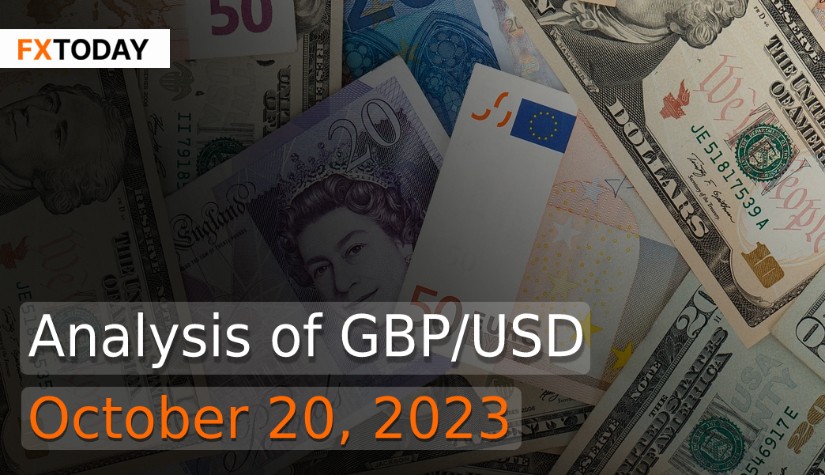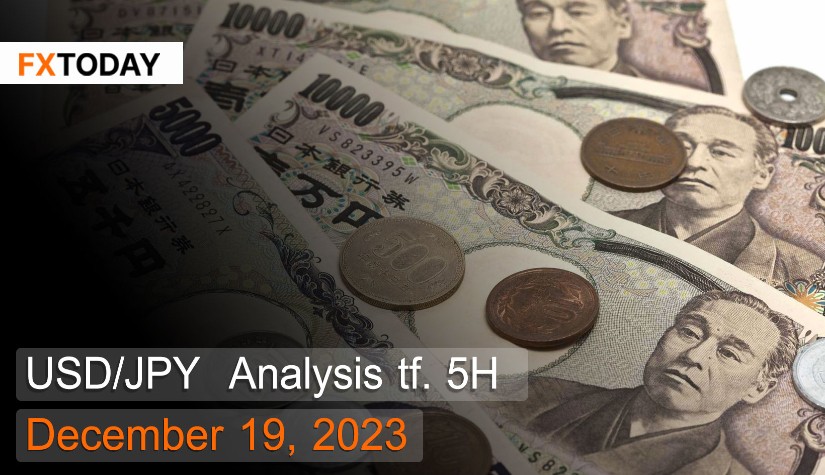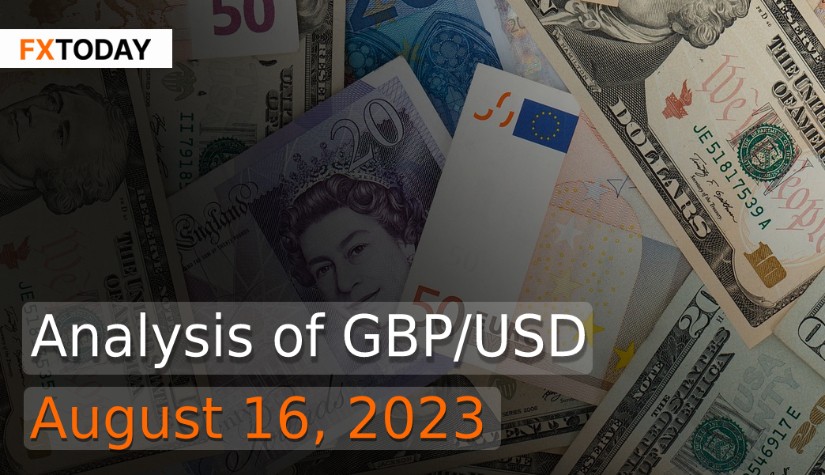Sterling Rises Amidst Rate Hike Expectations
The Sterling saw an increase in value while British government bond prices experienced a decline. This shift was prompted by the belief within financial markets that the Bank of England (BoE) is more likely to implement another interest rate hike. However, the exact timing of this rate increase is uncertain and may not occur as soon as November 2nd, when the central bank is set to announce its next decision.
The Resolution Foundation has proposed that future British governments consider raising the Bank of England's inflation target from 2% to 3%. This adjustment would offer the central bank more flexibility during economic downturns and reduce the strain on public finances. It could enable the Bank of England to implement higher nominal interest rates, allowing for more significant rate cuts during economic crises. However, the foundation advises making this change only after the Bank of England has returned price growth to its 2% target to maintain credibility.
The report also suggests that a review of the Bank of England's inflation-targeting framework is likely after the UK's anticipated 2024 national election. Any alteration to the inflation target should ideally be coordinated with other advanced economies to mitigate negative impacts on the value of the British pound compared to the US dollar and the euro. The report emphasizes the need for increased monetary policy flexibility and warns that government debt levels could rise further, potentially reaching 190% of national income over the next 50 years. Currently, British government debt stands at nearly 100% of the annual gross domestic product, a significant increase from the pre-2008 financial crisis level of under 40%.
The British inflation reached an 11.1% annual high a year ago and still stands at 6.7%, which is the highest among major advanced economies. A surge in petrol prices between August and September was the primary factor preventing a decrease in the annual inflation rate, as reported by the Office for National Statistics. Furthermore, other key indicators closely monitored by the Bank of England, such as core inflation and services prices, displayed robust figures, causing concern among policymakers about potential long-term price pressures.
Another sign of economic turbulence was observed in the labor market, as growth in British workers' regular pay decelerated from a previous record high, and job vacancies also declined. The Bank of England is closely observing average earnings as it considers whether to continue raising interest rates to combat persistent inflation.
The report acknowledged that September's data still places headline inflation below the BoE's forecast from early August. Several economists opined that it wasn't a significant enough upward surprise to trigger the Monetary Policy Committee (MPC) at the BoE to resume its rate-tightening cycle. In the previous month, the BoE kept interest rates unchanged for the first time since it initiated its tightening cycle in December 2021. This decision came after an unexpected decline in inflation in August and other unfavorable economic data.
In the international arena, the U.S. dollar experienced a decline following remarks by Federal Reserve Chair Jerome Powell, which were generally perceived as dovish. Powell, while acknowledging that the U.S. central bank could raise interest rates again, cited the strength of the U.S. economy and tight labor markets as factors that might warrant further rate increases. However, he also noted that recent market-driven increases in bond yields have significantly tightened overall financial conditions. While the market expects the Fed to maintain current interest rates, there is still some pricing in of the possibility of an additional rate increase.
In addition to these economic factors, concerns over the ongoing conflict between Hamas and Israel continue to influence the demand for the U.S. currency, potentially increasing its status as a safe haven asset. As a result, this could lead to the pound experiencing a moderate fluctuation, with occasional periods of relative weakness compared to the US dollar. Additionally, the downward movement of the pound may be somewhat limited due to the relatively small gap in returns between currencies. In contrast, there might be a tendency for the US dollar to strengthen further, particularly if the outcomes of the Middle East conflict worsen and have a more pronounced global impact.
Data for Technical Analysis (5H) CFD GBP/USD
Resistance : 1.2148, 1.2153, 1.2161
Support : 1.2134, 1.2129, 1.2121
5H Outlook
Source: Investing.com
Buy/Long 1 If the support at the price range 1.2124 - 1.2134 is touched, but the support at 1.2134 cannot be broken, the TP may be set around 1.2148 and the SL around 1.2119, or up to the risk appetite.
Buy/Long 2 If the resistance can be broken at the price range of 1.2148 - 1.2158, TP may be set around 1.2165 and SL around 1.2129, or up to the risk appetite.
Sell/Short 1 If the resistance at the price range 1.2148 - 1.2158 is touched, but the resistance 1.2148 cannot be broken, the TP may be set around 1.2128 and the SL around 1.2158, or up to the risk appetite.
Sell/Short 2 If the support can be broken at the price range of 1.2124 - 1.2134, TP may be set around 1.2113 and SL around 1.2153, or up to the risk appetite.
Pivot Points Oct 20, 2023 03:33AM GMT
| Name | S3 | S2 | S1 | Pivot Points | R1 | R2 | R3 |
|---|---|---|---|---|---|---|---|
| Classic | 1.2109 | 1.2121 | 1.2128 | 1.2141 | 1.2148 | 1.2161 | 1.2168 |
| Fibonacci | 1.2121 | 1.2129 | 1.2134 | 1.2141 | 1.2148 | 1.2153 | 1.2161 |
| Camarilla | 1.2130 | 1.2132 | 1.2134 | 1.2141 | 1.2137 | 1.2139 | 1.2141 |
| Woodie's | 1.2107 | 1.2120 | 1.2126 | 1.2140 | 1.2146 | 1.2160 | 1.2166 |
| DeMark's | - | - | 1.2125 | 1.2139 | 1.2144 | - | - |
Sources: Investing 1, Investing 2
Maximize your knowledge: Blog
















